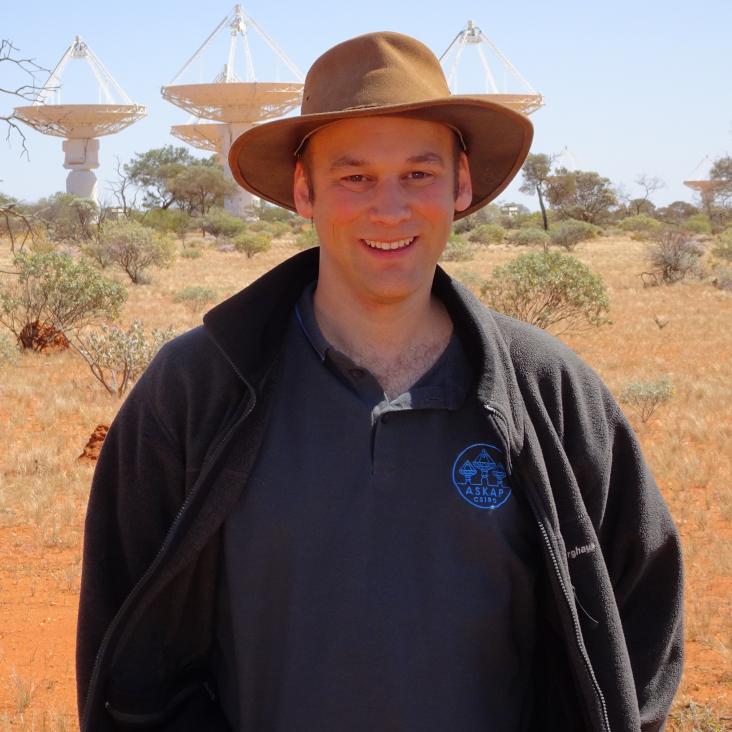FLASH pilot survey: detections of associated 21 cm H i absorption in GAMA galaxies at 0.42 < z < 1.00
Monthly Notices of the Royal Astronomical Society Oxford University Press (OUP) 516:2 (2022) 2947-2970
Observations of cold extragalactic gas clouds at z = 0.45 towards PKS 1610-771
Monthly Notices of the Royal Astronomical Society Oxford University Press (OUP) 512:3 (2022) 3638-3650
WALLABY pilot survey: Public release of H i data for almost 600 galaxies from phase 1 of ASKAP pilot observations
Publications of the Astronomical Society of Australia Cambridge University Press (CUP) 39 (2022) e058
GASKAP-HI Pilot Survey Science I: ASKAP Zoom Observations of HI Emission in the Small Magellanic Cloud
ArXiv 2111.05339 (2021)
The gaseous natal environments of GPS and CSS sources with ASKAP–FLASH
Astronomische Nachrichten Wiley 342:9-10 (2021) 1062-1065


